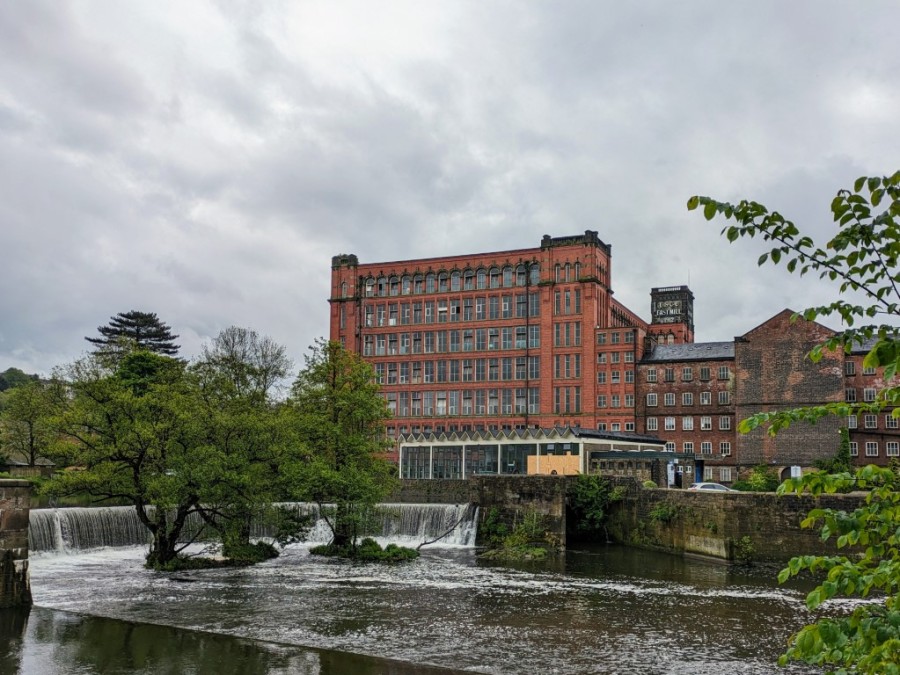The recent wet weather in the Midlands forced me to change my travel plans for Tuesday 14th May. I was originally going to go back to Matlock for the first time since April 2021, but at the last minute, I decided to spend a wet day in Belper instead.
There were no problems on the train up to Belper railway station, changing at Derby on the way.
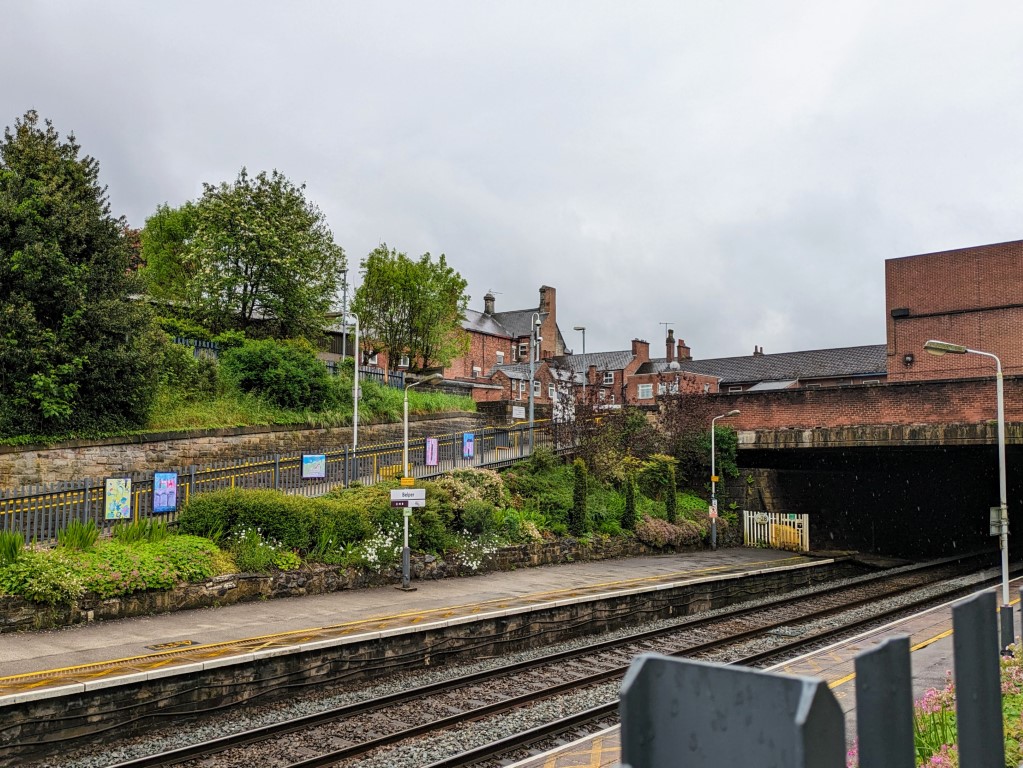
The original Belper railway station was opened by the Midland Railway in 1840, having been supported by the Strutt family, local mill owners, who invested in the project. However, they were concerned that a railway would affect the water supply to their mills, and so various deviations to the line were proposed. They finally settled on building a cutting slicing through the town of Belper, entailing eleven bridges to be built over a one mile stretch of railway, at great expense. The original station was in the south of Belper, but the location proved unpopular, so it was re-sited in 1878 to its current location in the heart of the town.
The railway station is well looked after by volunteers, with various drawings by local children on display, as well as a new mosaic, which I didn’t photograph.
I was headed for the Memorial Gardens, but got lost on the way and ended up at the Market Place instead. There is a handsome drinking fountain in the centre of the market place which was erected in 1881 to commemorate the paving of the area, which was paid for by George Strutt, a member of the mill-owning Strutt family.
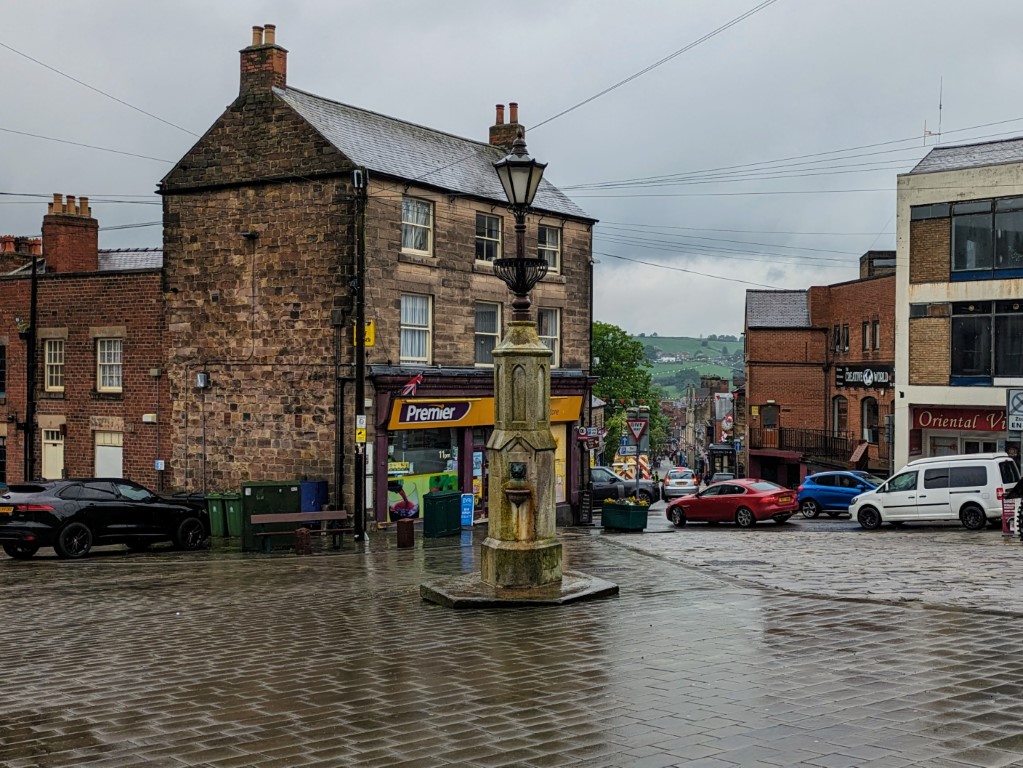
I managed to find my way to the Memorial Gardens, through a small opening in a wall down the road from the market place.
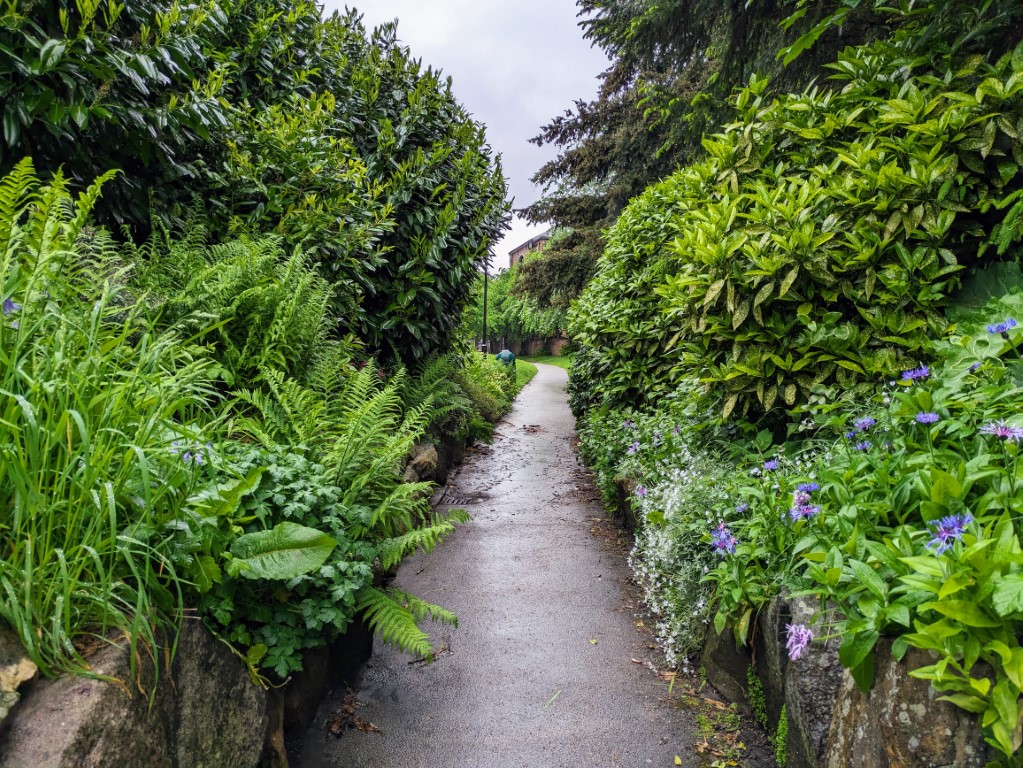
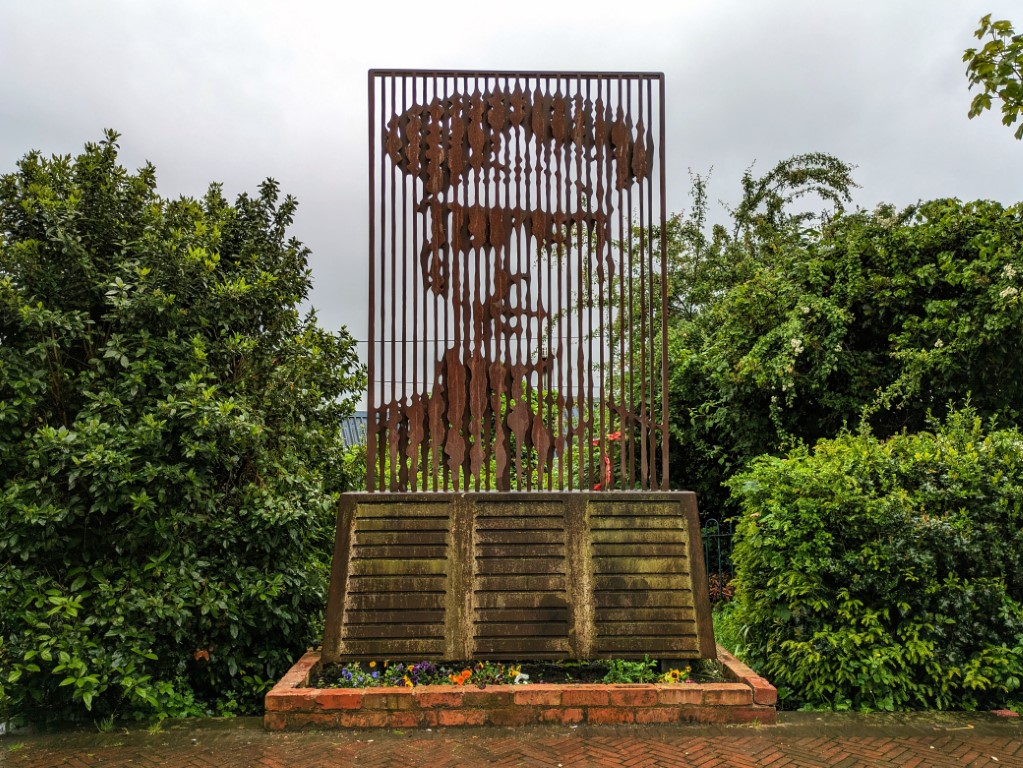

The memorial gardens were laid out in 1922 on land donated by George Herbert Strutt, who also paid for the market place paving mentioned before, to remember the locals who died in the First World War. The Sacrifice sculpture depicts the image of local soldier Jim Green, one of fourteen Belper men who died on the first day of the Battle of the Somme in 1916. The artwork was originally part of a performance called The Fourteen, where the fourteen men were remembered on the eve of the centenary of the battle in 2016. 29 lances were placed on stage during the performance, and when illuminated, they revealed Jim Green’s face. A campaign for a permanent memorial was successful, and the sculpture was unveiled in 2019.
I walked up to the nearby church in Belper, St Peter’s. The Grade II listed church will celebrate its 200th anniversary this year. On the tree-lined path to the church are various poems attached to trees as part of a local poetry project, on the theme of the environment. The church is not easy to photograph, but I took one while I was there.
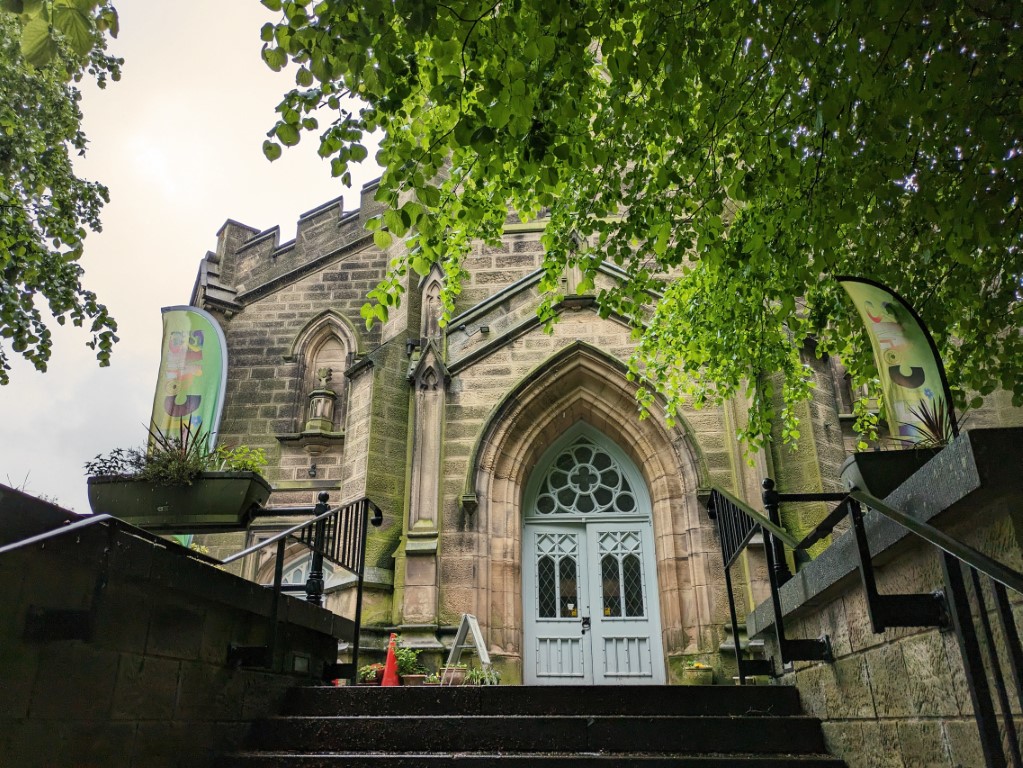
The rain had eased a bit when I left the church to go to the magnificent River Gardens. I got slightly lost along the way, but I stumbled across the picturesque Long Row, one of the streets of houses built for the mill workers in Belper.
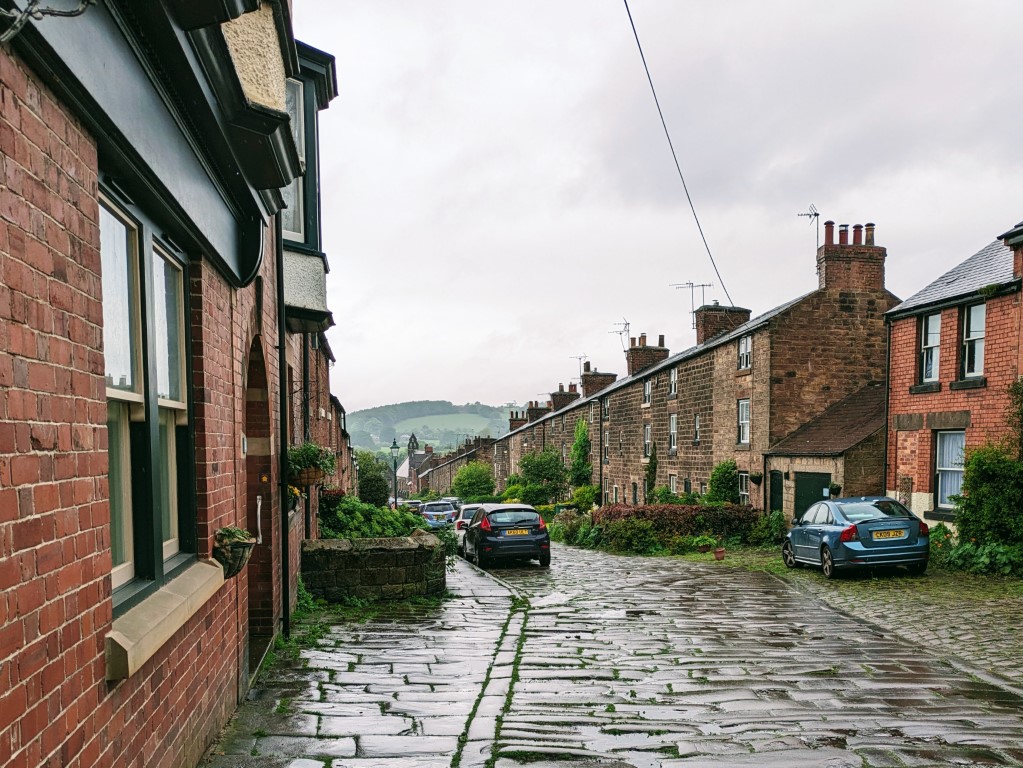
The three-storey houses date back to the late 1790s, and were built to a high standard for the mill workers, with their own back gardens. Some of the houses were lost in the 1840s, when the Midland Railway built their line through the town. In 1953, the street won the award for the best-decorated street in Belper for the Coronation of Queen Elizabeth II, which is marked by a plaque.
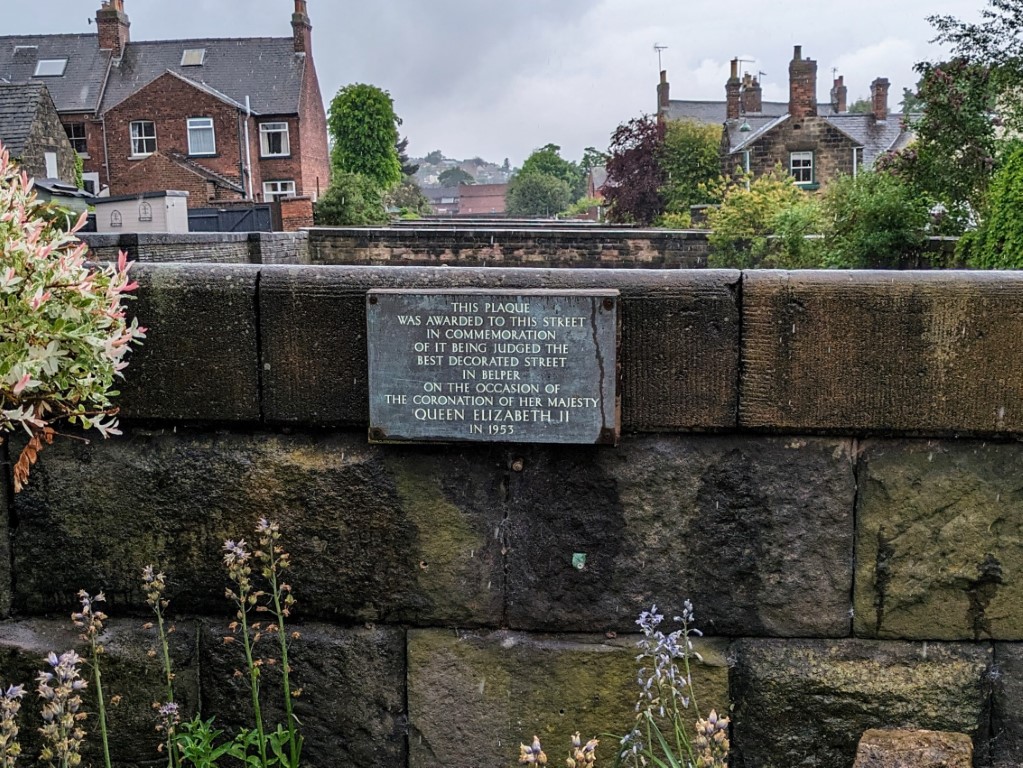
The street is paved with cobbles, and has a school at one end, and a former pub which is now a Chinese takeaway. Across the road at the end of Long Row is Christ Church, which was completed in 1849 and refurbished in the 1870s. The work was paid for by George Strutt, local benefactor and businessman.
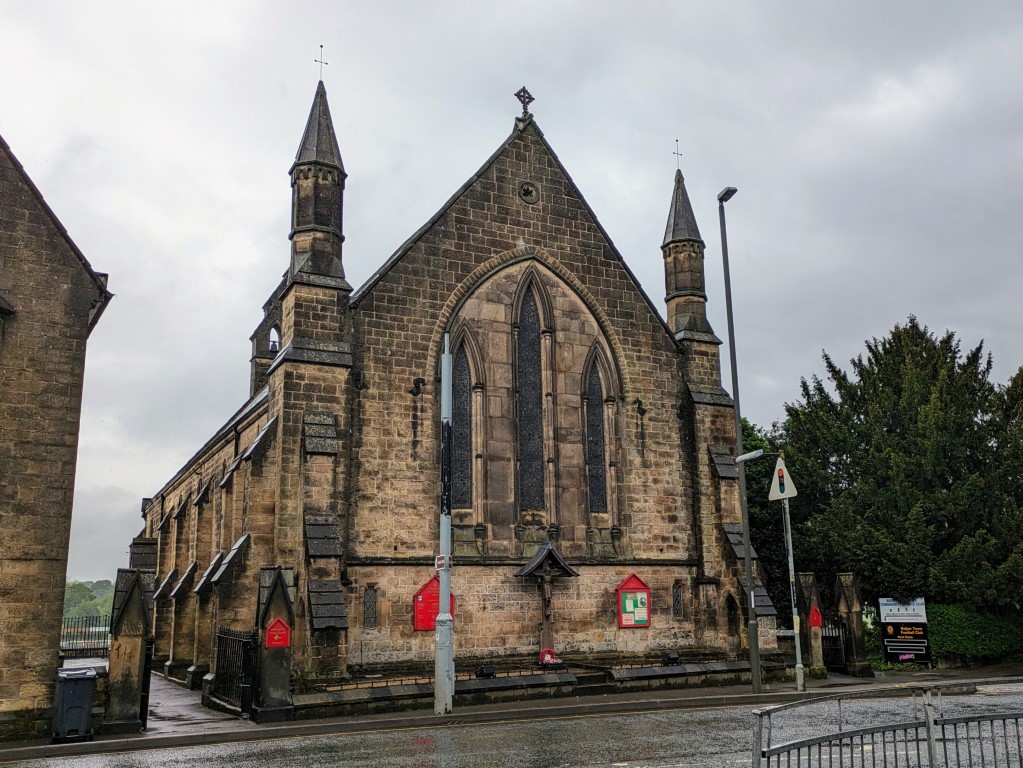
The skyline of Belper is dominated by the North Mill building, which along with the adjacent East Mill, is a former cotton mill which operated from 1786 until the early 1990s. The first North Mill burned down in 1804 and was replaced by a more fireproof mill which has lasted until this day. In more recent times, some local businesses have become established there, along with a museum. The owners of the mill have recently given notice to the occupiers of the building to leave, meaning that the future of the mill site is uncertain.
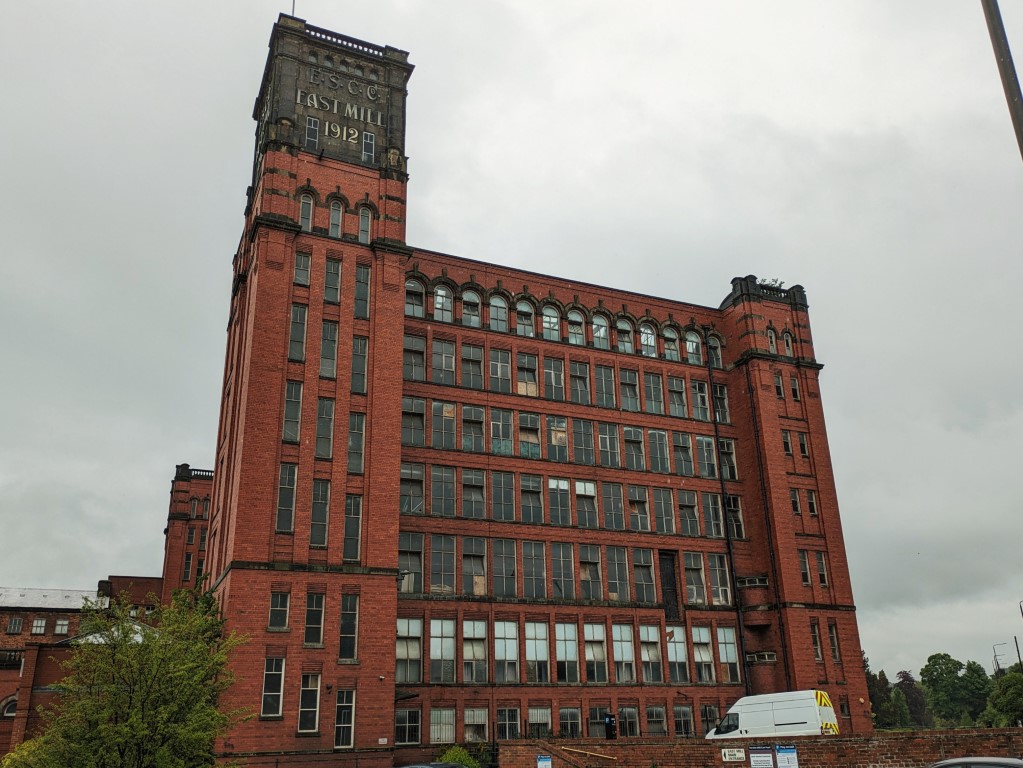

Adjacent to the mill is the historic Belper River Gardens. Opened in 1905 on land donated by George Herbert Strutt, the gardens offer various footpaths to walk on, as well as boat hire for a small fee. There is a cafe on site, which was full when I visited. The gardens themselves were almost empty, due to the rain.
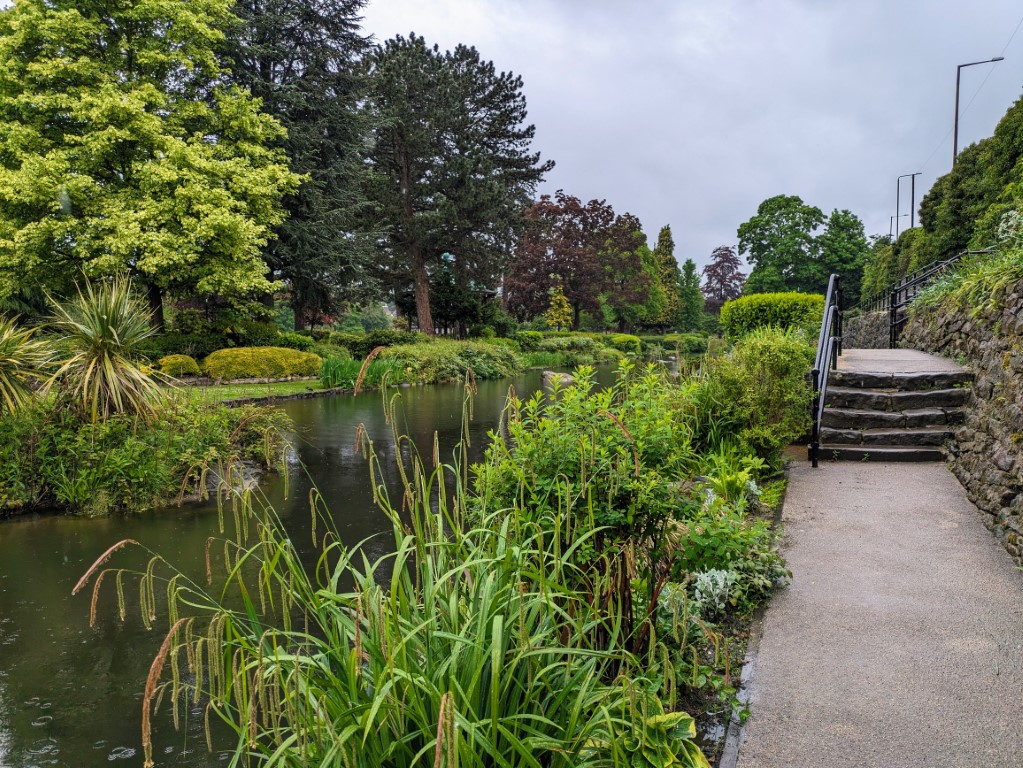
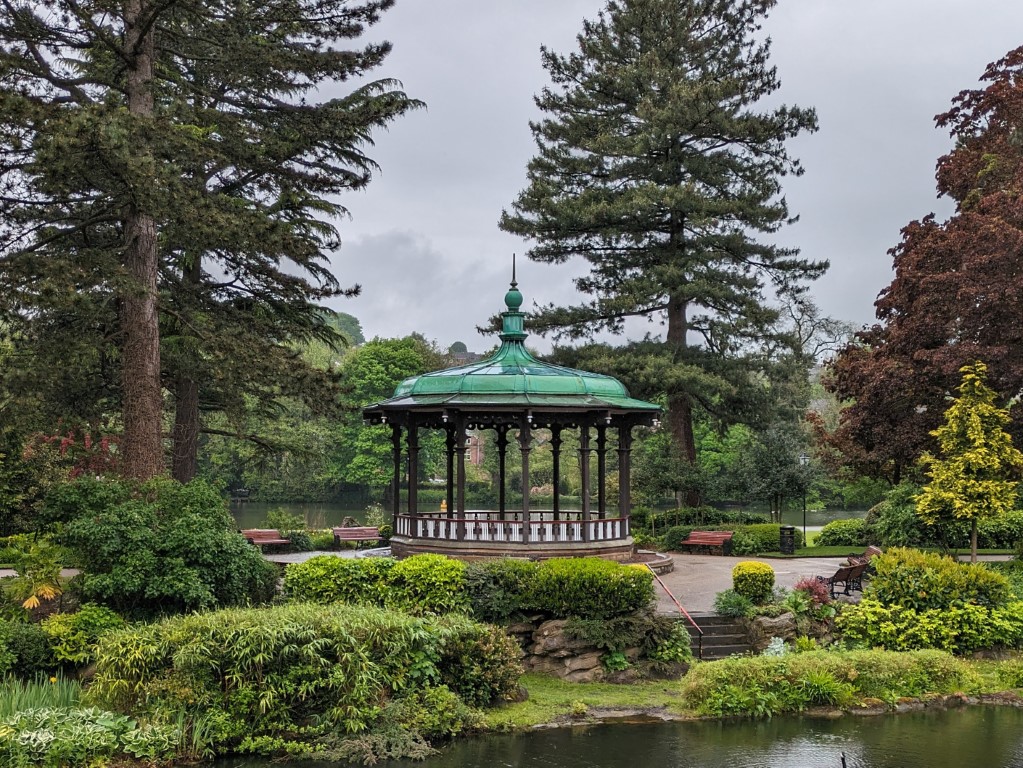
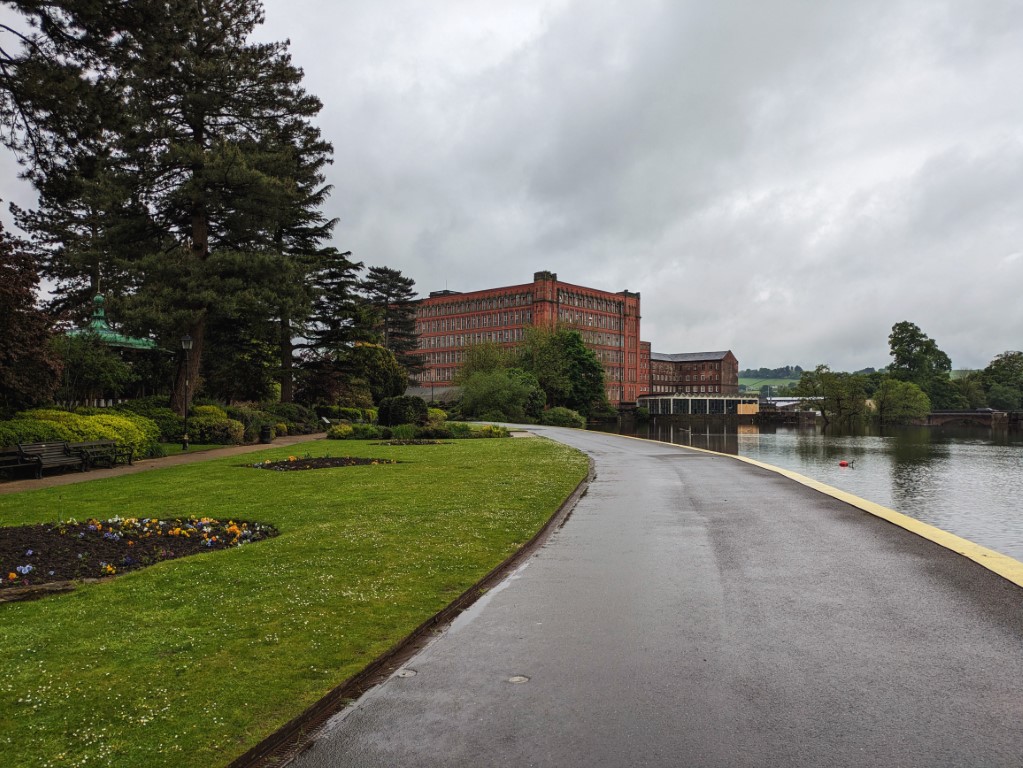

I left the gardens and crossed the Bridge Foot to the other side of the River Derwent. There is a small garden which gives views over the river, and of the Horseshoe Weir near the bridge.
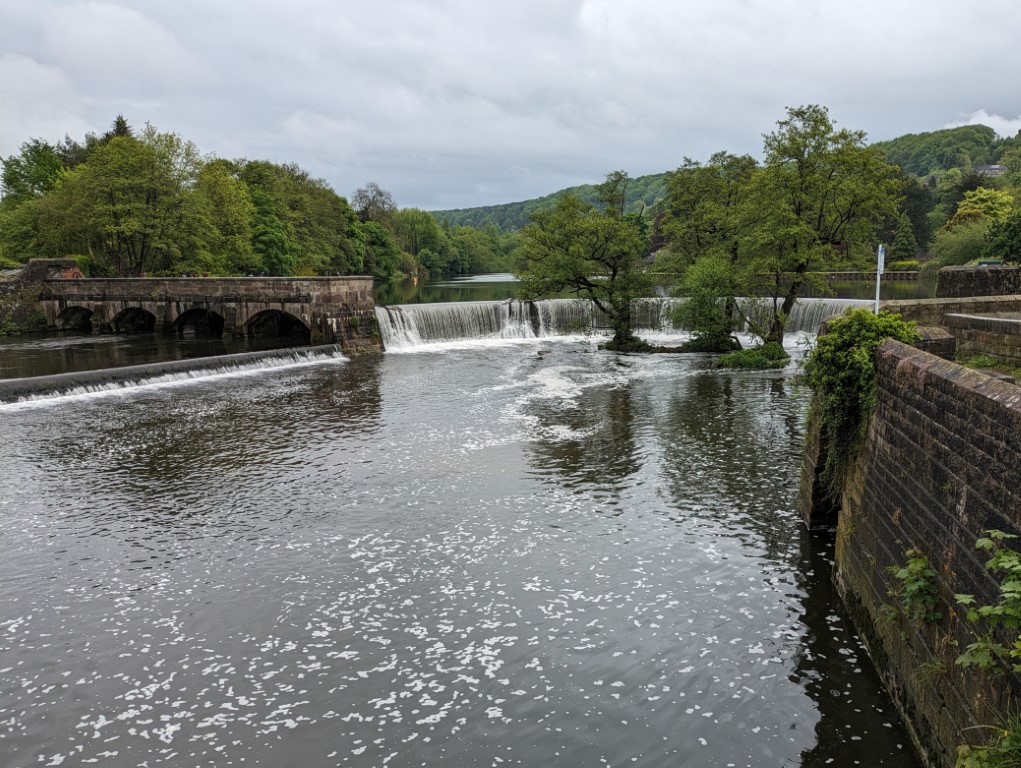
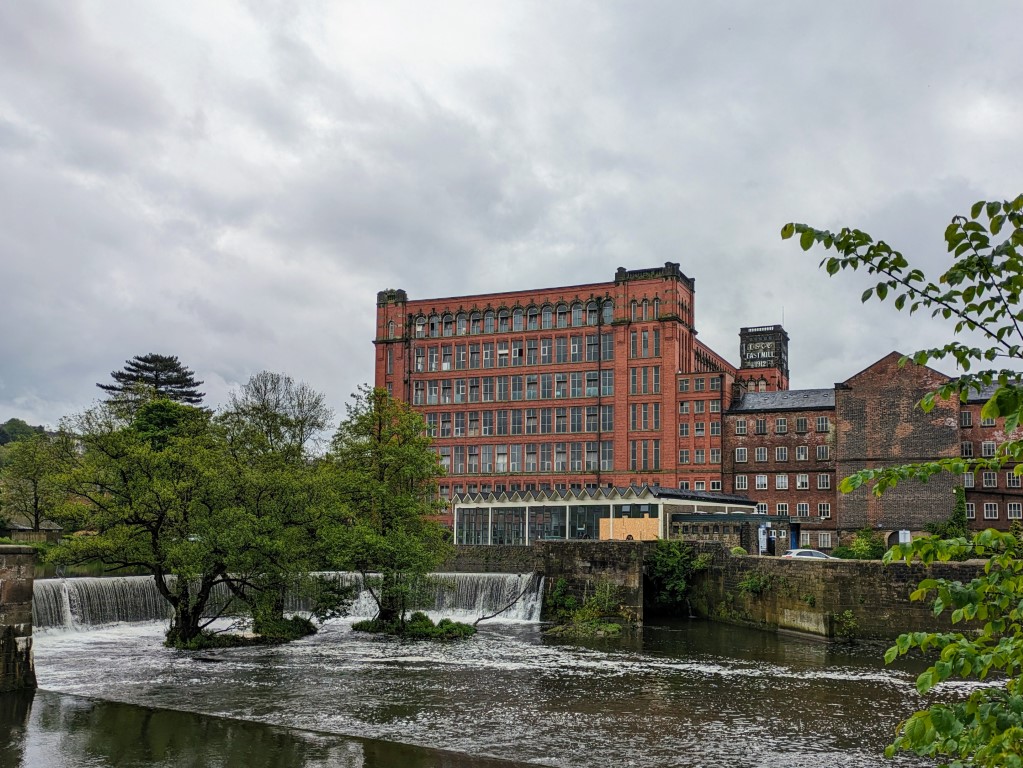
Just further up the road is a place I discovered by accident on my last visit to Belper. The Beaurepaire Garden is a community garden which was established on land which stood next to a cottage hospital. A local man found a photograph of the former hospital garden in 2003, and sought to restore the garden for community use. It re-opened in 2004 and has become a magnificent little garden to walk around and admire some of the statues and pieces which are scattered around the place. There is a seating area, and also a toilet which bears the sign “NO LOCK, JUST WHISTLE”. I didn’t use it.

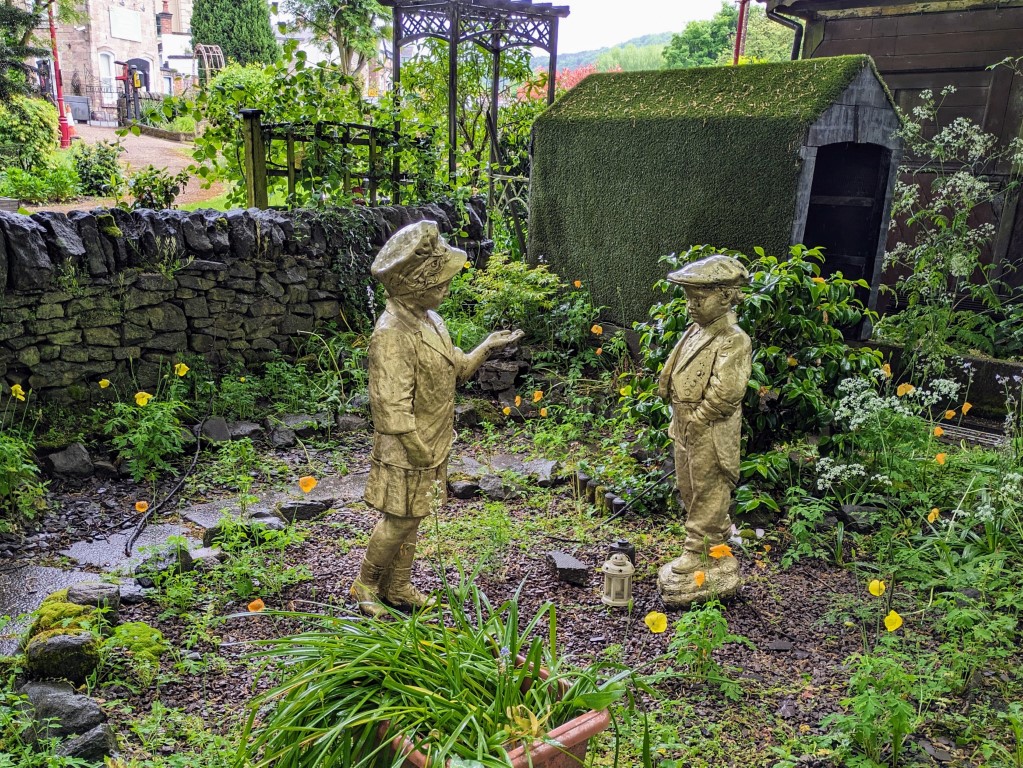

It was time for me to head down the road and leave Belper again. I had decided to re-visit Milford and Duffield on the way back, having been there on my last trip to Belper in 2020. I also re-visited Duffield last summer for a more in-depth stay in the village.


While in Milford, I stopped off at another community garden, the Milford Triangle, for a sit down and a drink of water. The garden has benches, a war memorial and various mosaics on the floor, presumably designed by local children.
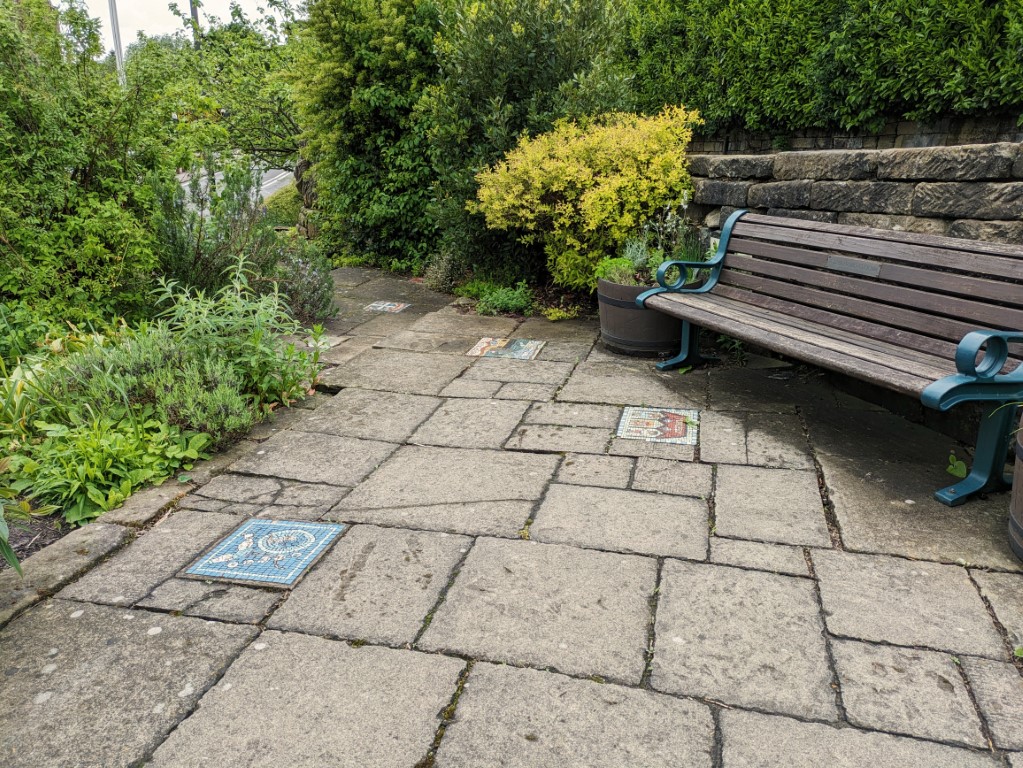
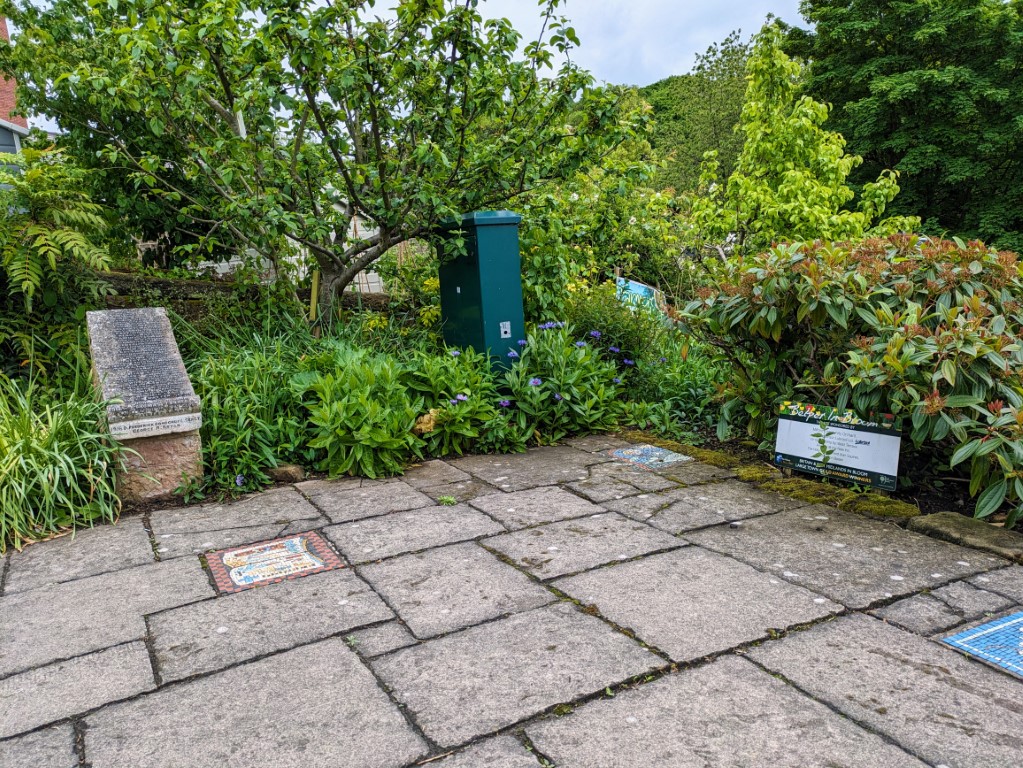
I left Milford and walked down to Duffield. The last time I was there, in 2023, I couldn’t visit the historic Duffield Castle ruins because a feller was felling trees at the entrance. Up the stairs to the castle area, there is a poem written on the handrail. I didn’t read it all, because I only noticed it when I was halfway up.
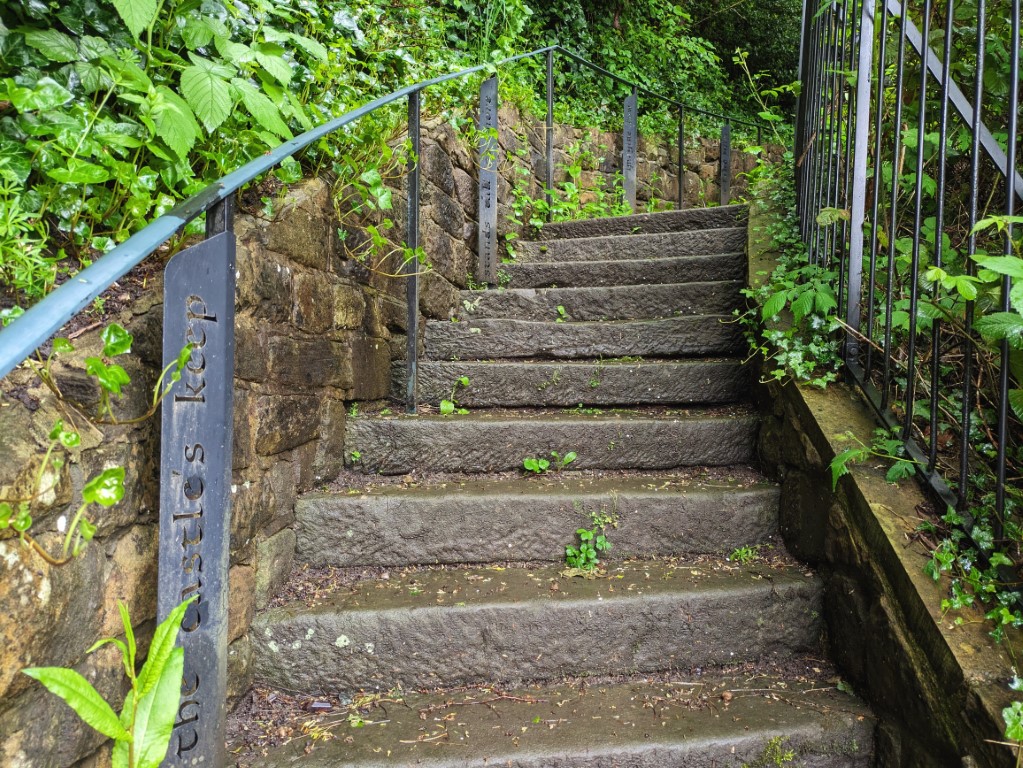
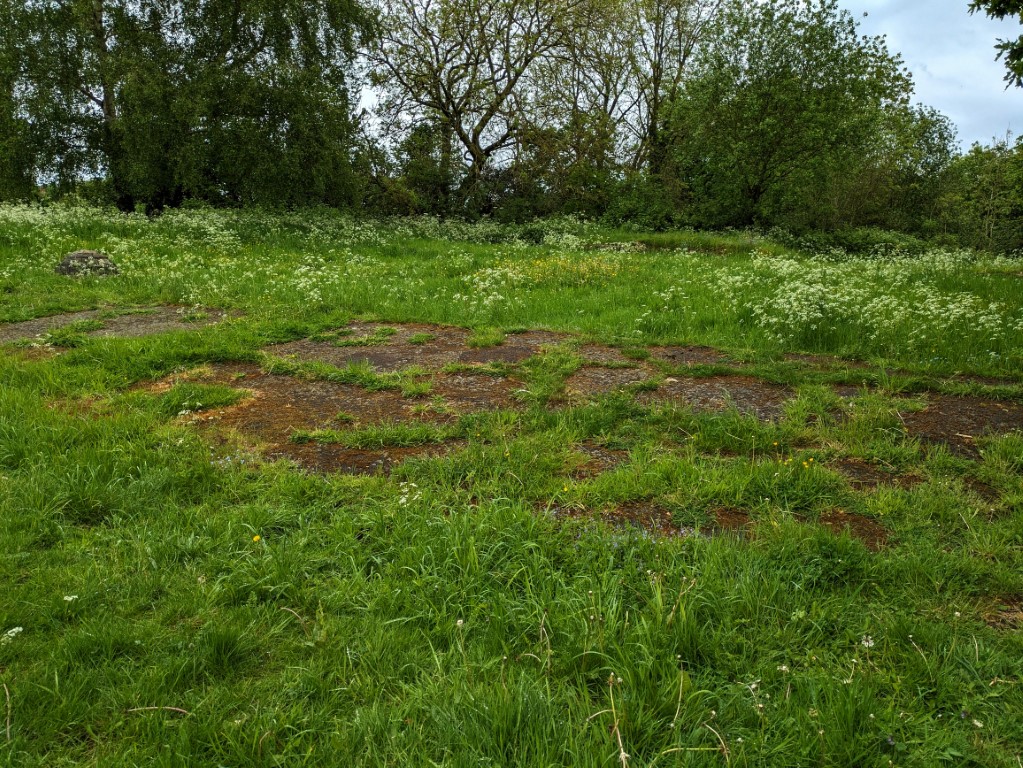
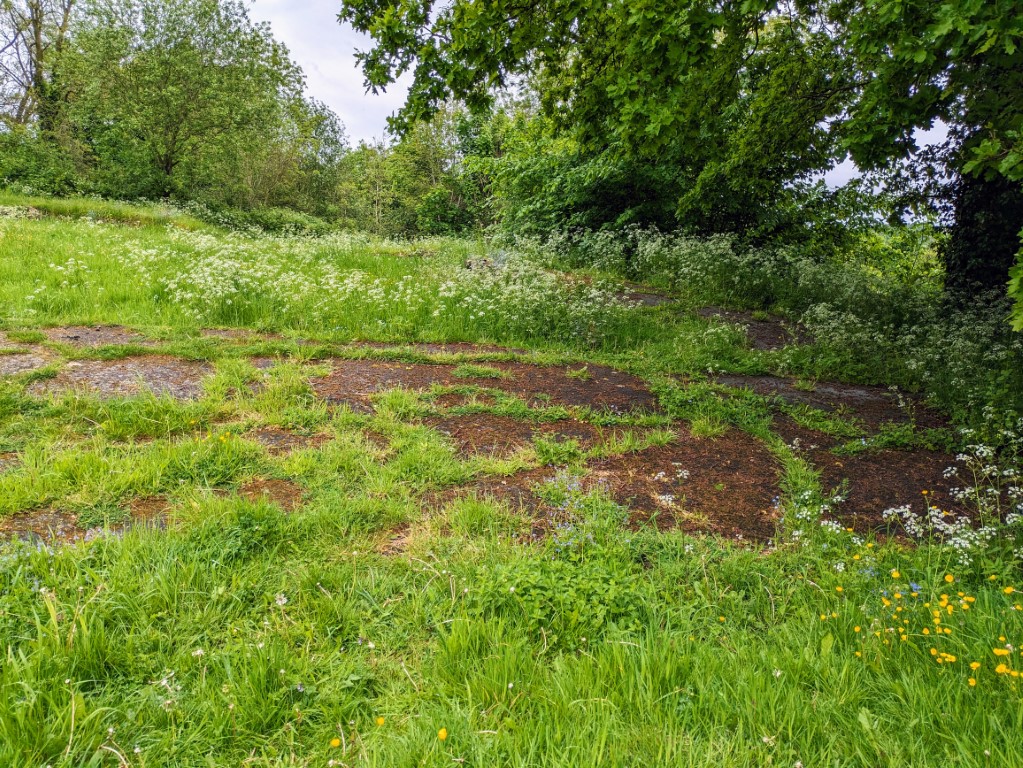

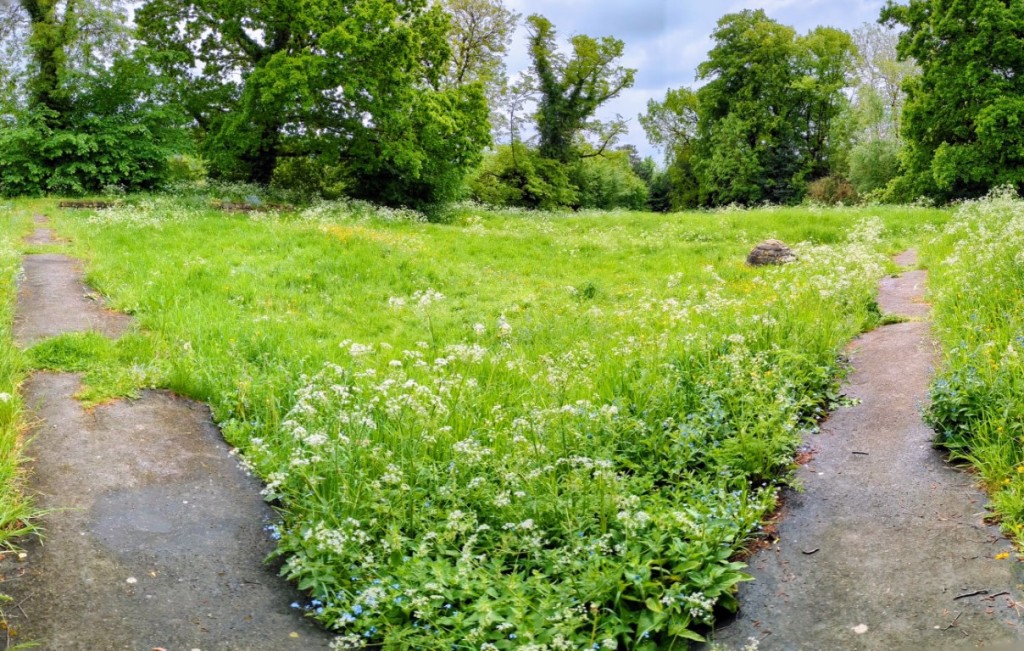
William the Conqueror gave his pal Henry de Ferrers the estate of Duffield Frith in 1071, where Henry built the castle keep. Over a century later, in 1173, William de Ferrers lost a rebellion against King Henry II, and the castle was destroyed as punishment for his temerity to rebel against the King. Serves him right. The castle is worth a short visit, maybe as a place to relax with a picnic on a sunny day, but I would advise against travelling to Duffield from far afield just to see it.
It was soon time to go home, and so I walked to Duffield railway station for the next train back to Derby, admiring the newly-refurbished footbridge which traverses the entrance to the island platforms.
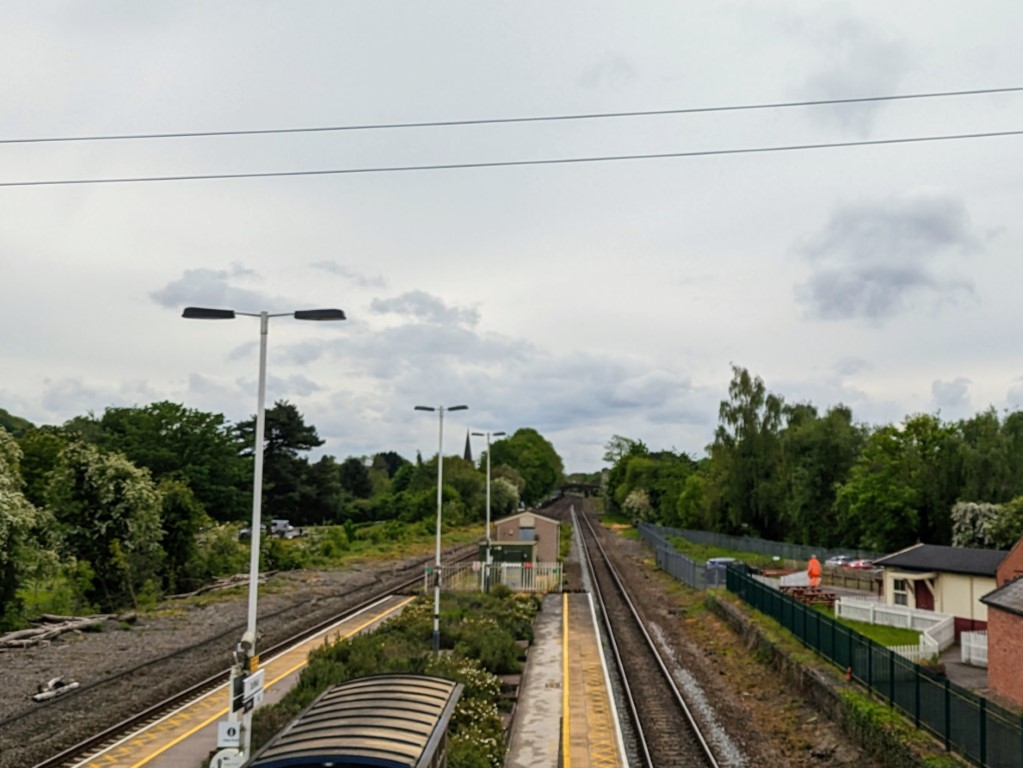

That’s it for this post, thanks for reading.
